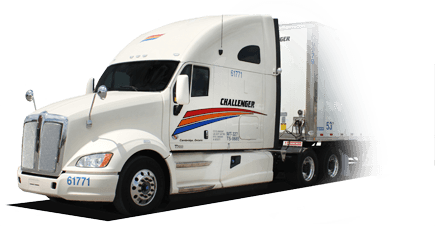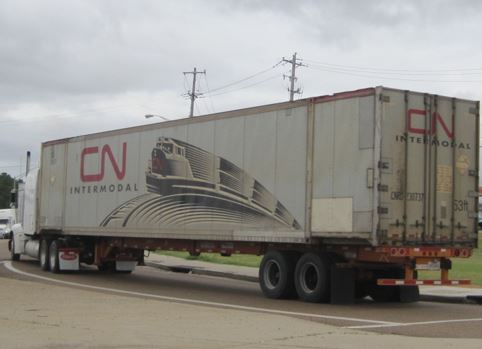While Malcom McLean is relatively unknown today, this North Carolina trucker invented container shipping, an method now indispensable to the modern world of global trade. He started a small trucking company to transport farmers’ goods and supplies. His resourcefulness enabled him to expand to thirty trucks by 1940, and he was eventually able to sell McLean Trucking, a $12 million company with over 1700 trucks, by the mid-1950s.
The Background
Before shipping containers were invented, goods being transferred from lorries to trains to ships had to be individually offloaded and loaded again. This made up almost half the cost of shipping, according to Marc Levinson, author of The Box: How the shipping Container Made the World Smaller and the World Economy Bigger. Goods also had to wait in warehouses for the next stage of transport, often delaying shipment. And the costs of transporting different goods varied.
The Problem
One day, in 1937, Malcom McLean, owner of a haulage company, in North Carolina, was waiting for cranes to unload cargo from his truck on to a ship in Hoboken, New Jersey. It took nearly the whole day, and he decided a lot of time was being wasted. McLean had earned money to buy his first truck by working at a petrol station. The entrepreneur was looking for ways to improve his business.
The Solution
McLean decided that if goods could be transported in standardized containers, the entire container, and not just individual goods, could be transferred from lorries to trains to ships. The idea of transporting various goods in one box was not new, according to the World Shipping Council’s history of containers. The US government had used small, standardized containers to ship supplies during the Second World War.
However, McLean’s idea of a seamless transport system, later known as “intermodalism”, was new. At the time, he owned only one truck, which was not enough to invest in his idea. By 1955, his business was big enough for him to be able to buy the small Pan-Atlantic Steamship Company.
What Happened Next
In 1956, McLean’s first converted tanker, carrying 58 containers, left from Newark, New Jersey, to Houston, Texas. In 1960, with several container ships in operation, the firm’s name changed to Sea-Land Service. In 1966, Sea-Land sent the world’s first international container ship, the Fairland, from the US to Rotterdam, with 236 containers on board.
The idea spread quickly and, by 1968, the container ship industry had been born. In that year, 18 new container ships were built globally. By the early 1980s, container ships were sailing to every corner of the world. “The container made shipping cheap and changed the shape of the world economy,” writes Levinson. “Sleepy harbours such as Busan in South Korea and Seattle moved into the front ranks of the world’s ports, and massive new ports were built in places where none had been before.” In 2014, containers moved 10.5 billion tonnes of cargo, according to Clarkson Research Service Limited.



